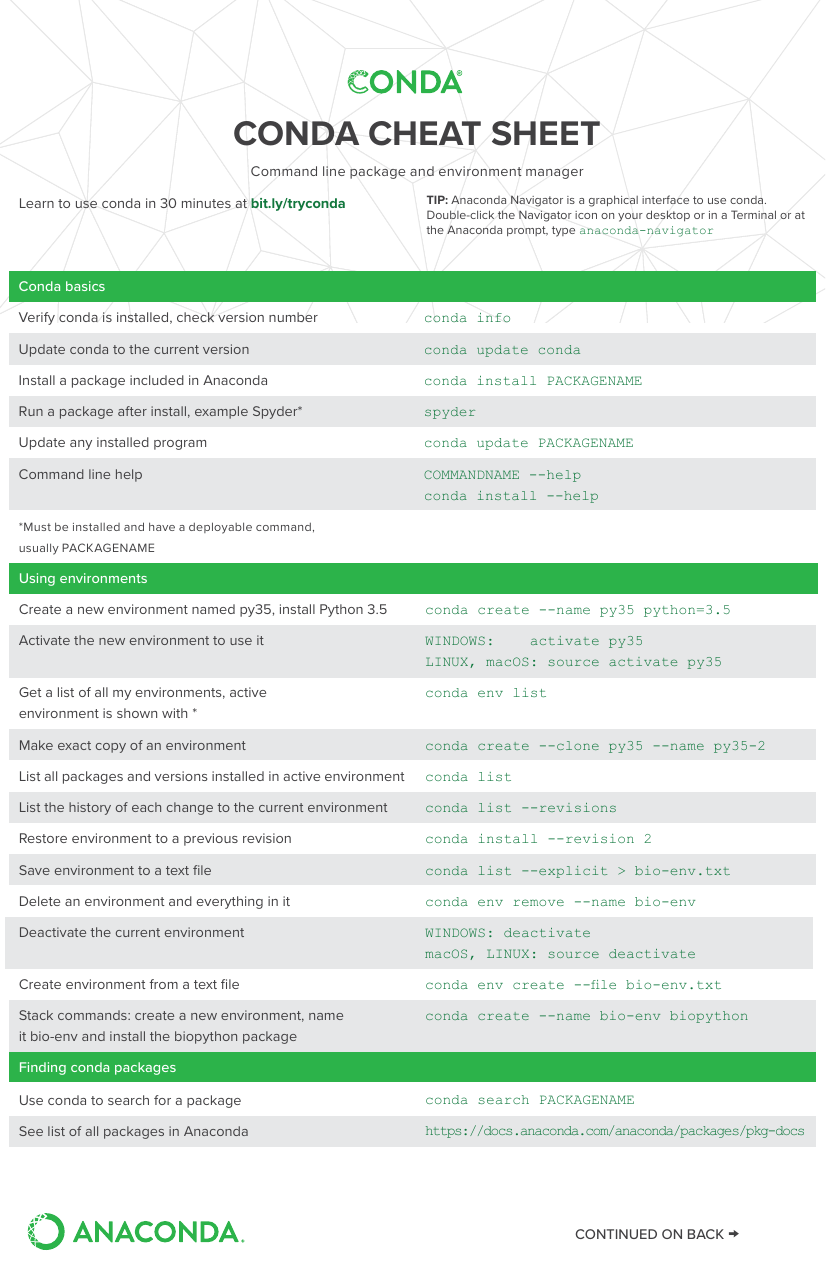

To use the conda as an environmental management tool, you'll need to first install the Anaconda distribution. You can try it out by searching for Anaconda prompt via your Windows search bar. Note that Anaconda also has a built-in shell, called Anaconda shell, that carries out instructions like the CMD. That's beyond the scope of this discussion, but for a quick idea, you'll need to add your Anaconda distribution to your system's path. However, conda isn't recommended for newcomers that use Windows, as setting it up requires some technicalities. In some cases, that may not be necessary, as calling pip directly in a conda environment without hard-installing pip still works. One solution to this limitation is to install pip in your conda environment using the conda install pip command. But for some reason, conda seems to be limited in terms of package installability. This means you can always use conda install to install dependencies instead of pip. It's more automatic than manual and acts as a combination of the virtualenv and pip packages. This tool comes with a navigator that lets you create and manage your environments. Although, depending on preference, it's still used in web development.

Anaconda DistributionĪnaconda distribution is a heavy environment management solution created for data science. To solve this problem, always ensure that you delete redundant virtual environments in your Envs folder. However, it's a waste of time if you have to keep trying out each of the environments to see which one works.

That's common when you already have dozens of virtual environments in that one Envs folder. Once you're in the CMD, use the command workon envname to activate your virtual environment.Īlthough this tool is quite handy and easy to use, it becomes a problem when you forget the name you gave to an environment for a particular project.


 0 kommentar(er)
0 kommentar(er)
